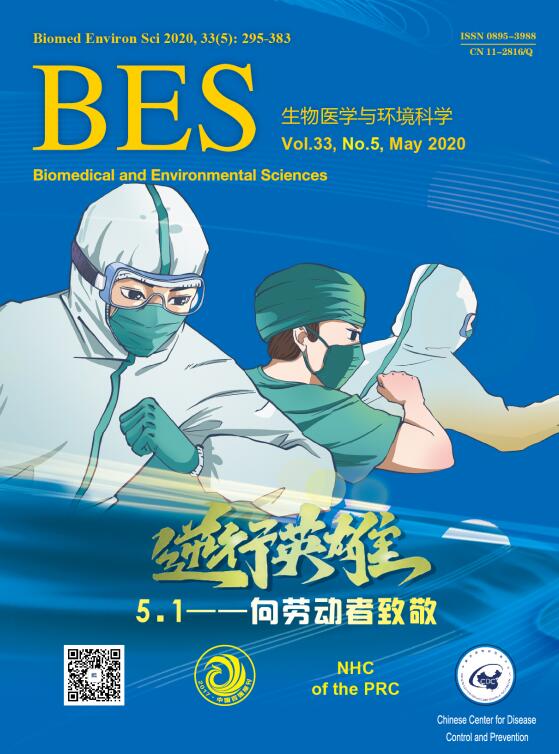Ginsenoside Rg1 Attenuates Isoflurane-induced Caspase-3 Activation via Inhibiting Mitochondrial Dysfunction
doi: 10.3967/bes2015.014
-
Key words:
- Ginsenoside Rg1 /
- Isoflurane /
- Neurotoxicity /
- Mitochondrial dysfunction
Abstract: Objective The inhalation anesthetic isoflurane has been shown to induce mitochondrial dysfunction and caspase activation, which may lead to learning and memory impairment. Ginsenoside Rg1 is reported to be neuroprotective. We therefore set out to determine whether ginsenoside Rg1 can attenuate isoflurane-induced caspase activation via inhibiting mitochondrial dysfunction. Methods We investigated the effects of ginsenoside Rg1 at concentrations of 12.5, 25, and 50 μmol/L and pretreatment times of 12 h and 24 h on isoflurane-induced caspase-3 activation in H4 na?ve and stably transfected H4 human neuroglioma cells that express full-length human amyloid precursor protein (APP) (H4-APP cells). For mitochondrial dysfunction, we assessed mitochondrial permeability transition pore (mPTP) and adenosine-5’-triphosphate (ATP) levels. We employed Western blot analysis, chemiluminescence, and flowcytometry. Results Here we show that pretreatment with 50 μmol/L ginsenoside Rg1 for 12 h attenuated isoflurane-induced caspase-3 activation and mitochondrial dysfunction in H4-APP cells, while pretreatment with 25 and 50 μmol/L ginsenoside Rg1 for 24 h attenuated isoflurane-induced caspase-3 activation and mitochondrial dysfunction in both H4 na?ve and H4-APP cells. Conclusion These data suggest that ginsenoside Rg1 may ameliorate isoflurane-induced caspase-3 activation by inhibiting mitochondrial dysfunction. Pending further studies, these findings might recommend the use of ginsenoside Rg1 in preventing and treating isoflurane-induced neurotoxicity.
| Citation: | MIAO Hui Hui, ZHEN Yu, DING Guan Nan, HONG Fang Xiao, XIE Zhong Cong, TIAN Ming. Ginsenoside Rg1 Attenuates Isoflurane-induced Caspase-3 Activation via Inhibiting Mitochondrial Dysfunction[J]. Biomedical and Environmental Sciences, 2015, 28(2): 116-126. doi: 10.3967/bes2015.014 |







 Quick Links
Quick Links
 DownLoad:
DownLoad: